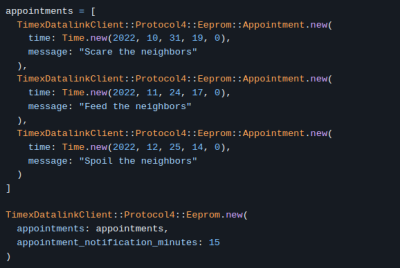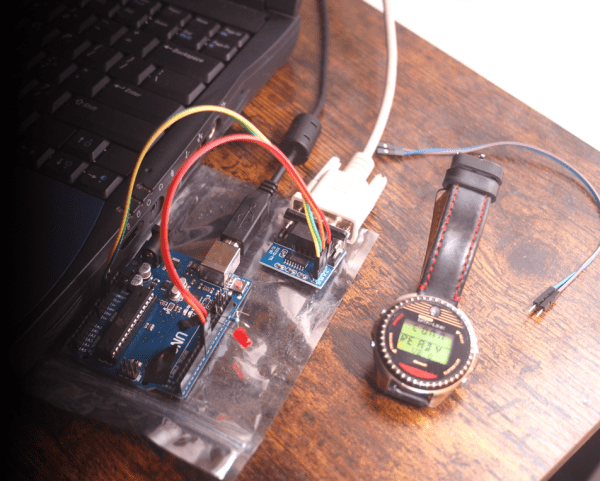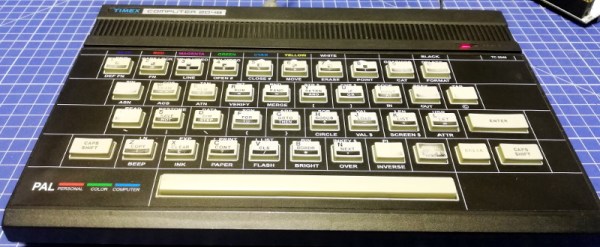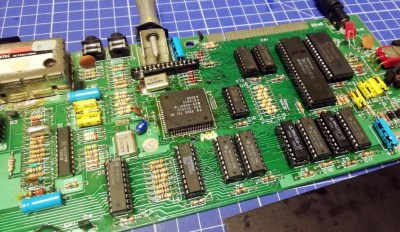The Timex Sinclair 1000 was a sleek and compact machine, and the US counterpart to the more well-known Spectrum ZX-81. Timex may not have come to dominate the computer market, but the machine still has its fans today, with [skidlz] being one of them. That inspired them to craft a new case and keyboard for their beloved machine, putting a slimline twist on the old classic.
The new case finds some economies of size by eliminating the bulky RF modulator in favor of hacking in a cleaner composite out feed. In turn, this enabled the elimination of the channel switch that freed up more room. [skidlz] then designed a simple case using 2D laser-cut parts and dovetail joints, using superglue to assemble the individual pieces into a cohesive whole.
Meanwhile, the keyboard swap is obvious to anyone that ever used one of these things. The original was particularly unpleasant. In order to upgrade, [skidlz] decided to look to the compact Redragon K603 as an inspiration, giving the new build a longer travel and a nicer mechanical feel under one’s fingers.
The final result look great, and files are on Github for the curious. We’ve seen great work from [skidlz] before, too, in the form of this microcassette storage project. Meanwhile, if you’ve been cooking up your own retrocomputing projects, don’t hesitate to let us know!

















